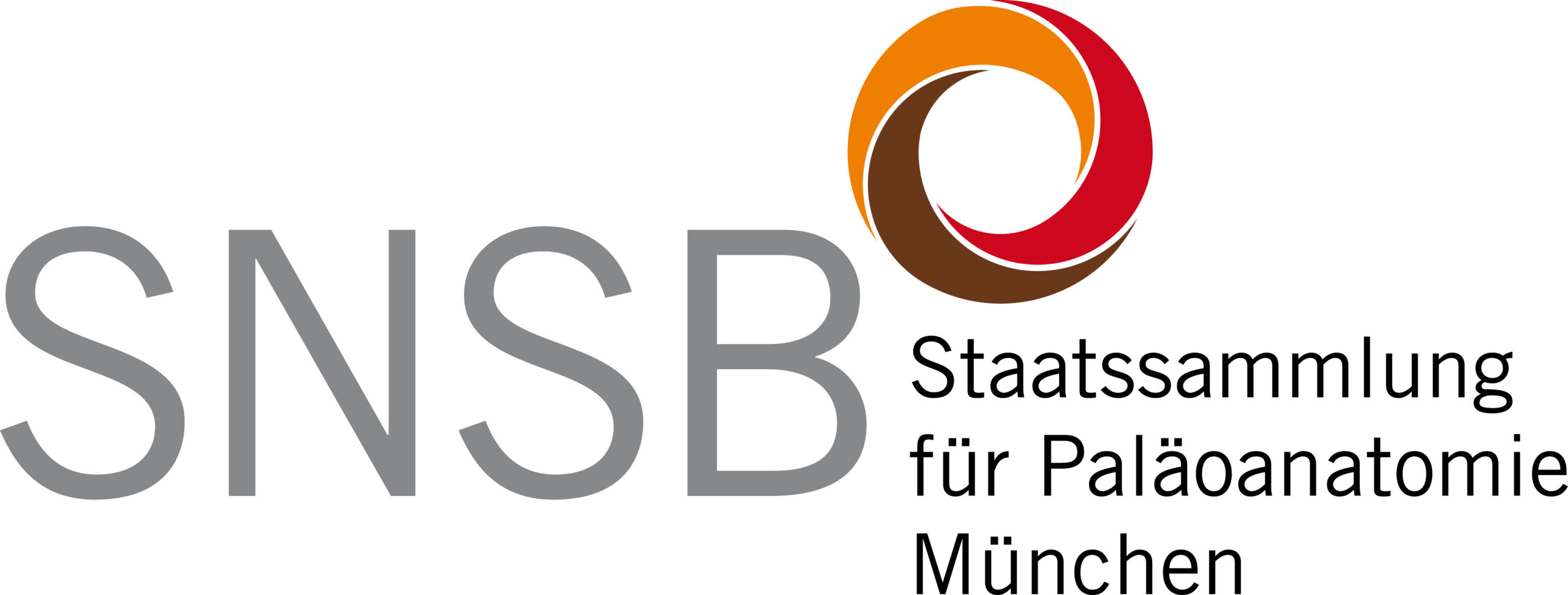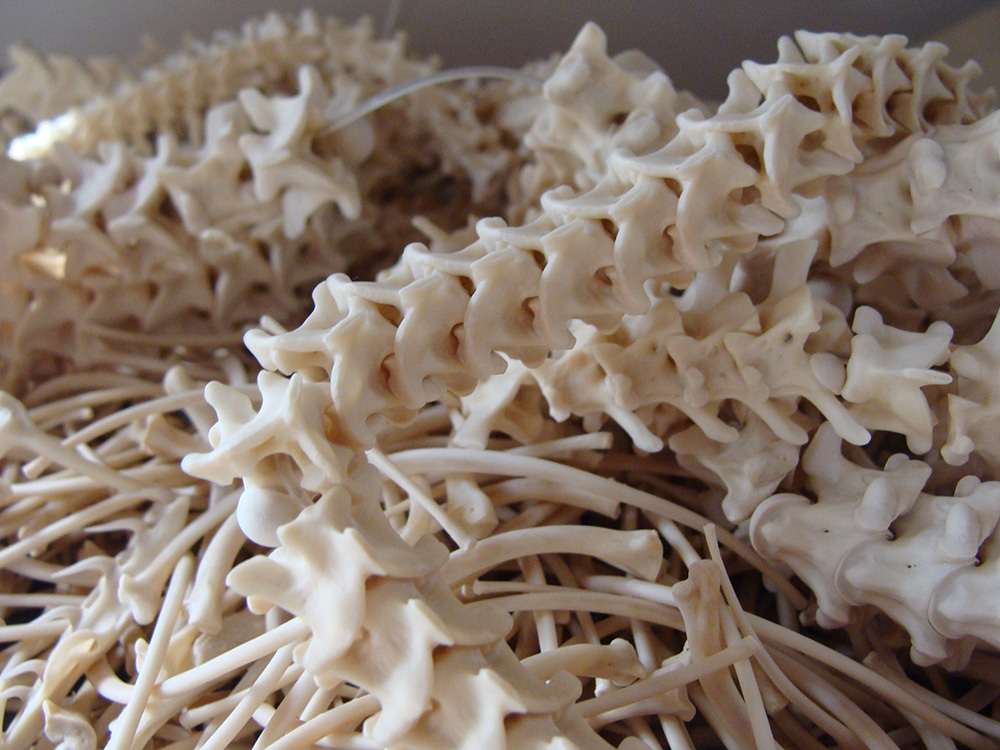Sampling of Collection Material
Invasive sampling is the sampling of tissue for molecular and chemical studies (isotopes, radiocarbon dating, DNA, proteomics, ZooMS, etc.), the irreversible coating or mounting of bones for SEM images, the preparation of histological sections and other methods in which animal remains are irreversibly altered or destroyed.
Requests for invasive sampling shall be made in writing to the Director and Curator of SPM using this form. Decisions on applications are taken twice a year. The deadlines are:
- Submission by April 1st of the year: The applicant receives the decision in June of the same year.
- Submission by October 1st of the year: The applicant receives the decision in December of the same year.
Please download the application for invasive sampling here.
The request must be submitted to the director and the curator of the SPM by mail or e-mail.
For externally funded projects
If the applicants intend to raise research funds for the analysis of SPM material, permission for sampling must be applied for prior to submission of the application for grants, together with a scientific justification. The application for sampling must be accompanied by the complete application for funding. It is only permitted to include SPM material in applications for funding if the applicant has received written confirmation from SPM. A retroactive permission for destructive sampling is generally excluded (with the exception of 14C dating, if it becomes necessary to radiocarbondate single specimens). SPM must be listed as a cooperation partner in funding applications. In the case of archaeological finds, those pieces to be sampled must first be documented photographically and archaeozoologically in OssoBook (taxonomic identification, standard measurements, weight, taphonomic details etc.), where required also the complete unit. If necessary, the applicants are required to raise the funds for these procedures. The permission for sampling is inevitably linked to the project and by no means transferable to subsequent projects. In the case of further sampling, applicants need to apply for a sampling permission anew.
For dissertations
Provided the sampling is to be carried out by graduate students (working on their bachelor’s, master’s or doctoral thesis), the application must be submitted to us by their academic supervisor.
Rare specimens
Regarding rare specimens, we reserve the right to refuse sampling. As a rule, the sample must be taken at the SPM. In exceptional cases, collection material is also sent to the applicant, for example for SEM imaging. In these cases, the researcher must return the specimen in their new form such as histological sections and otherwise modified (e.g. by coating or mounting). In the case of archaeological materials, the specimens to be sampled must first be documented photographically and recorded following our standard archaeozoological protocol including for example standard measurements following von den Driesch 1976 (A guide to the measurement of animal bones from archaeological sites. Peabody Museum Bulletin 1. Cambridge MA), bone weight, taphonomic variables. In the case of aDNA analyses of valuable materials, we reserve the right to have the extraction carried out in the aDNA lab facilities of the LMU Munich.
In the case of aDNA analyses, all amplified sequences of SPM specimens are to be made publicly accessible, e.g. at EMBL, GenBank or similar web-based storage locations, within a period of time fixed in the Material Transfer Agreement (MTA). Unpublished sequences must be provided upon request.
If the application is approved, the applicant will be granted approval in writing. Details such as approved sample size, documentation standards, dates, legal obligations are outlined in the MTA, which is signed by both parties prior to sampling.





